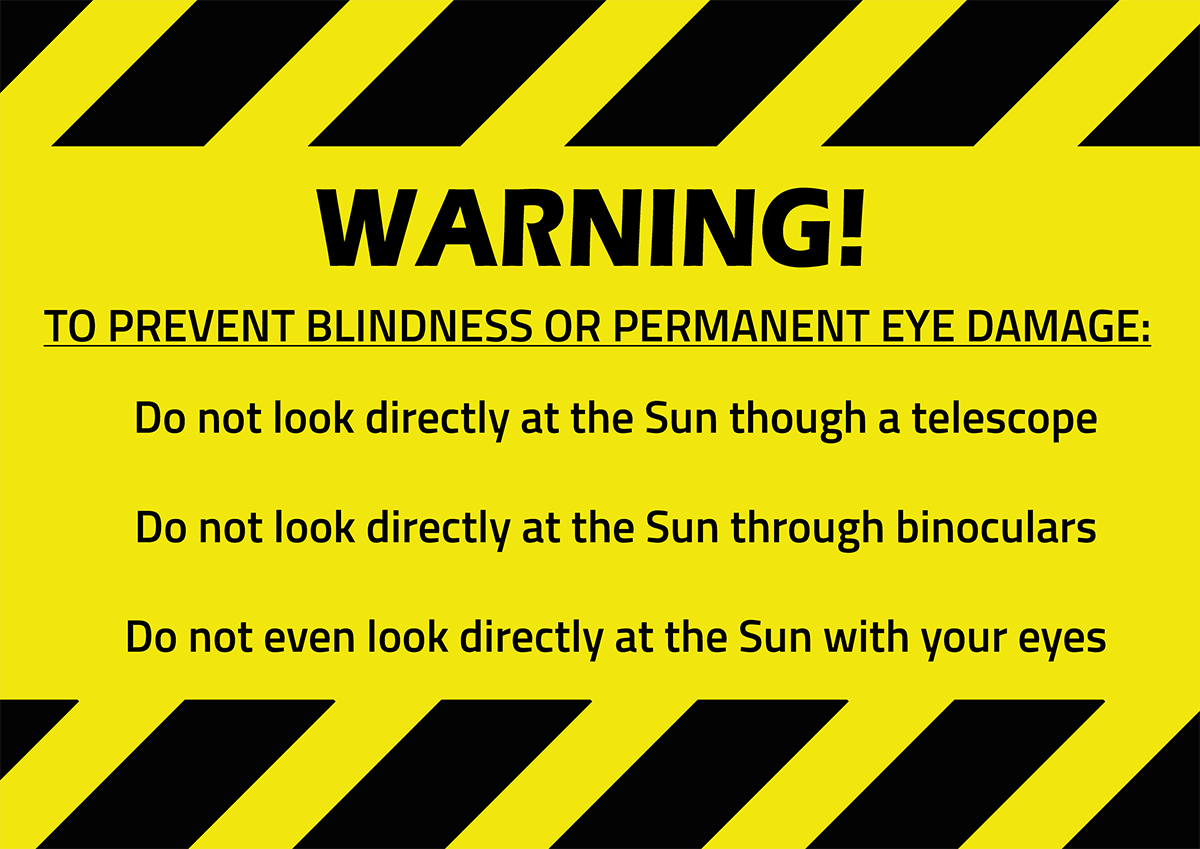Sunspots
Sunspots are regions on the Sun which are darker and cooler than other parts of the Sun. There we go. That was an easy page to write. Onto the next!
What’s that? I need to provide more information? Fine. Here’s some more stuff about sunspots.
From Earth, the Sun appears to be a perfect bright sphere. If you are able to look closer at it, which you can’t because it’s dangerous, you’ll discover that there are actually blobs of darkness on its visible surface. Scientific people call this visible surface the photosphere. You should do too if you want to sound clever.
Sunspots come in different shapes and sizes. They usually appear as a blemish with a dark centre and a slightly lighter patch around it. The dark centre is called the umbra, and the lighter part surrounding it is called the prenumbra. Although they appear quite small when compared with the overall size of the Sun, sunspots can be very large. The smallest are around 16 kilometres (10 miles) in width, while the largest can be up to 160,000 kilometres (100,000 miles) wide. This means they can be over ten times wider than Earth, or as large as Jupiter. Most are usually Earth-sized.
Although Sun Spots appear dark, they are still really bright. They are probably as bright as the Moon appears from Earth. They just look dark when seen against the Sun.
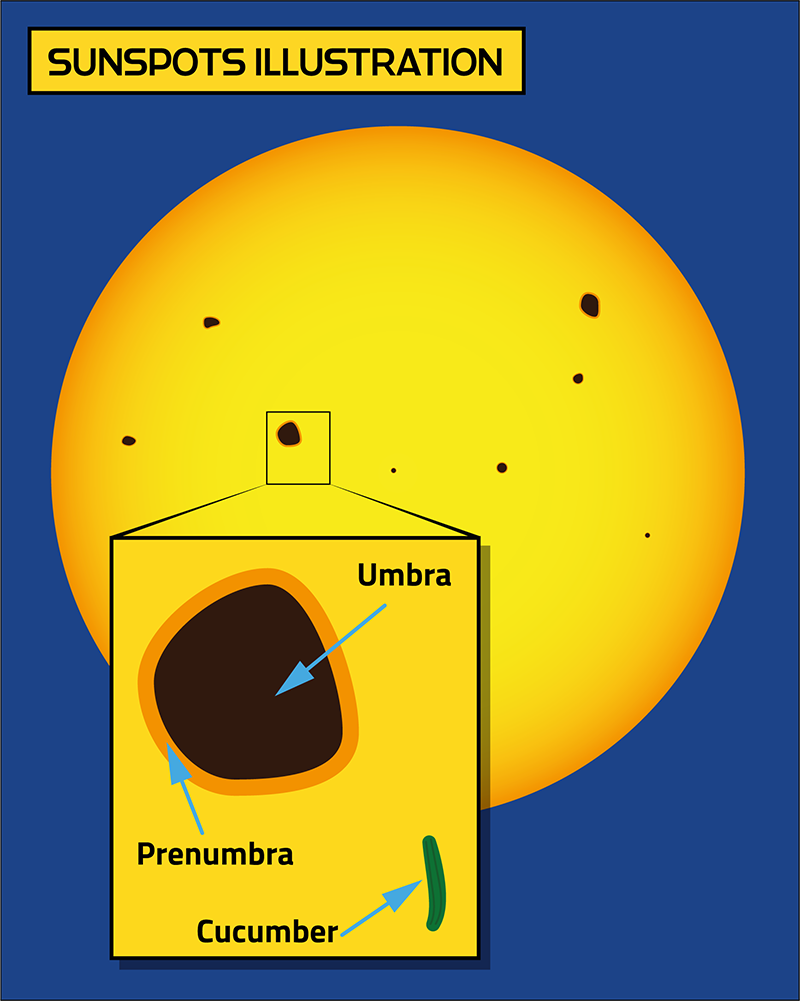

The temperature in a sunspot can be between 2,700 °C to 4,200 °C (4,900 °F to 7,600 °F). In comparison, the Sun’s normal surface temperature is about 5,500 °C (9,900 °F).
Because the temperatures in sunspots are lower than the rest of the Sun, they appear darker. The hotter something is, the brighter it shines. Even so, sunspots are extremely hot. Just not hot hot.
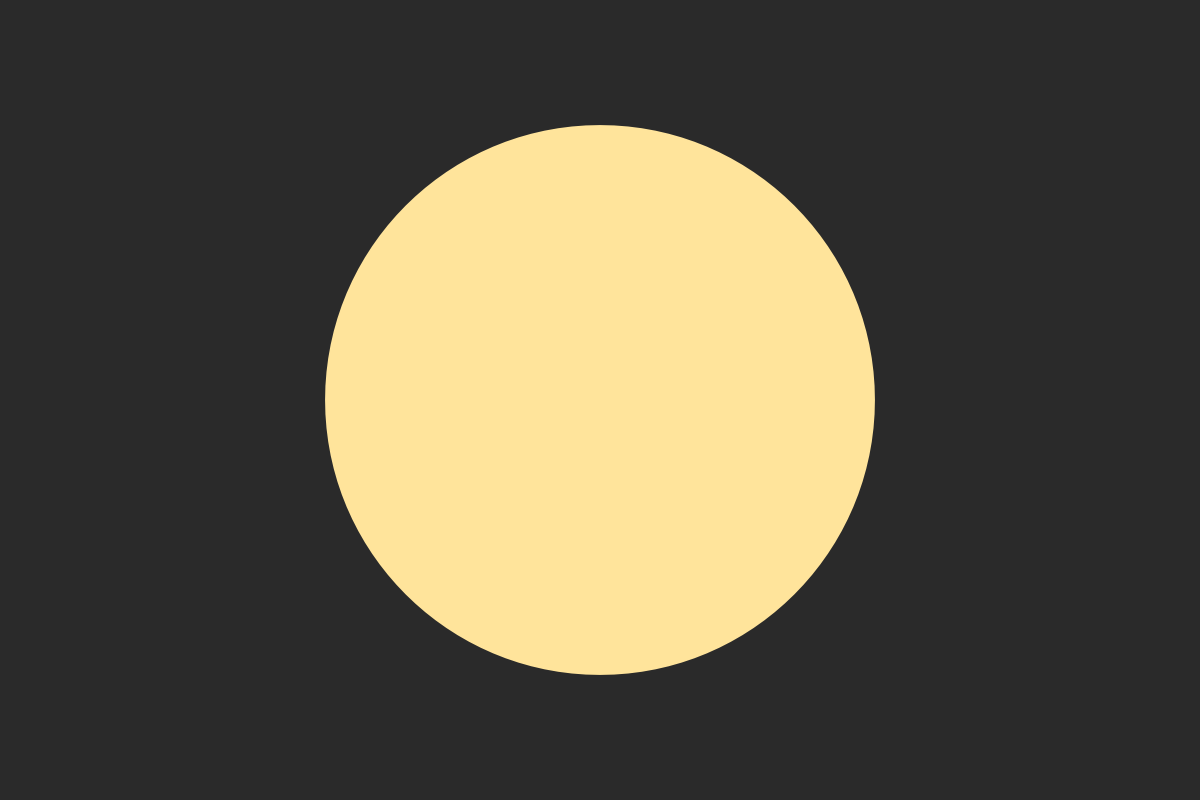
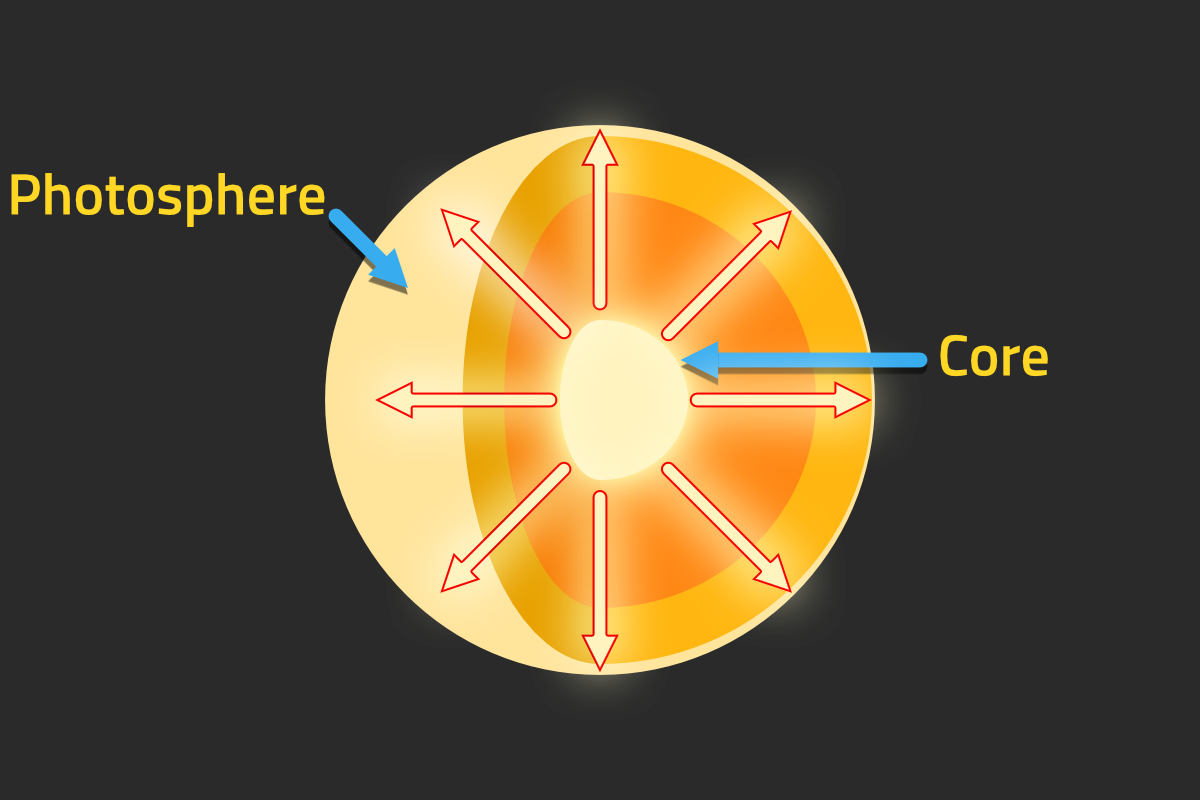
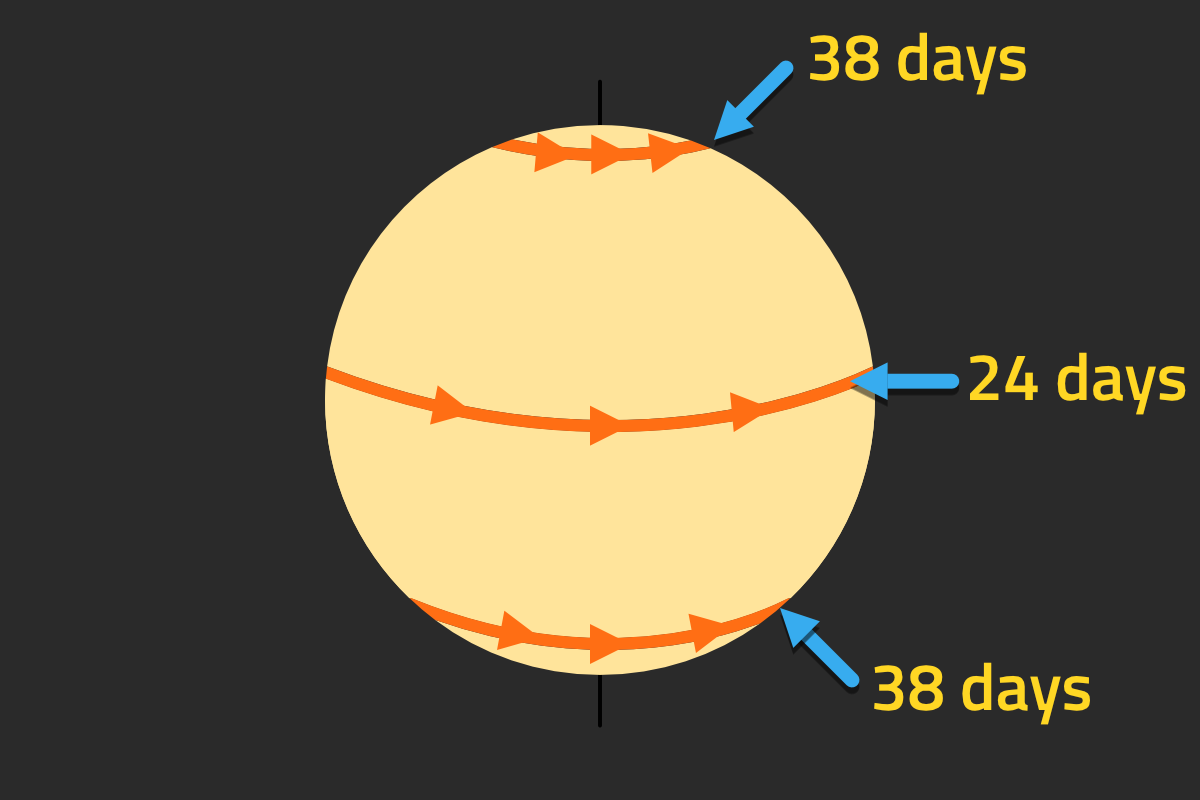
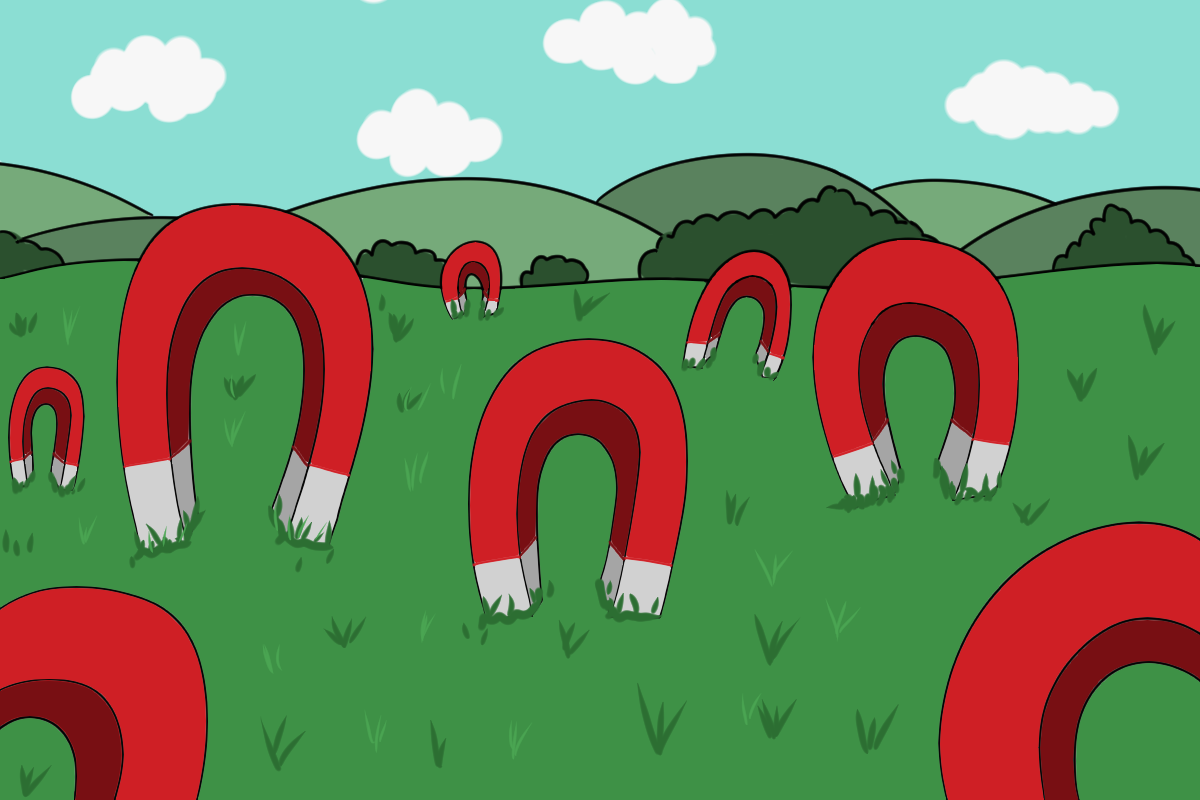
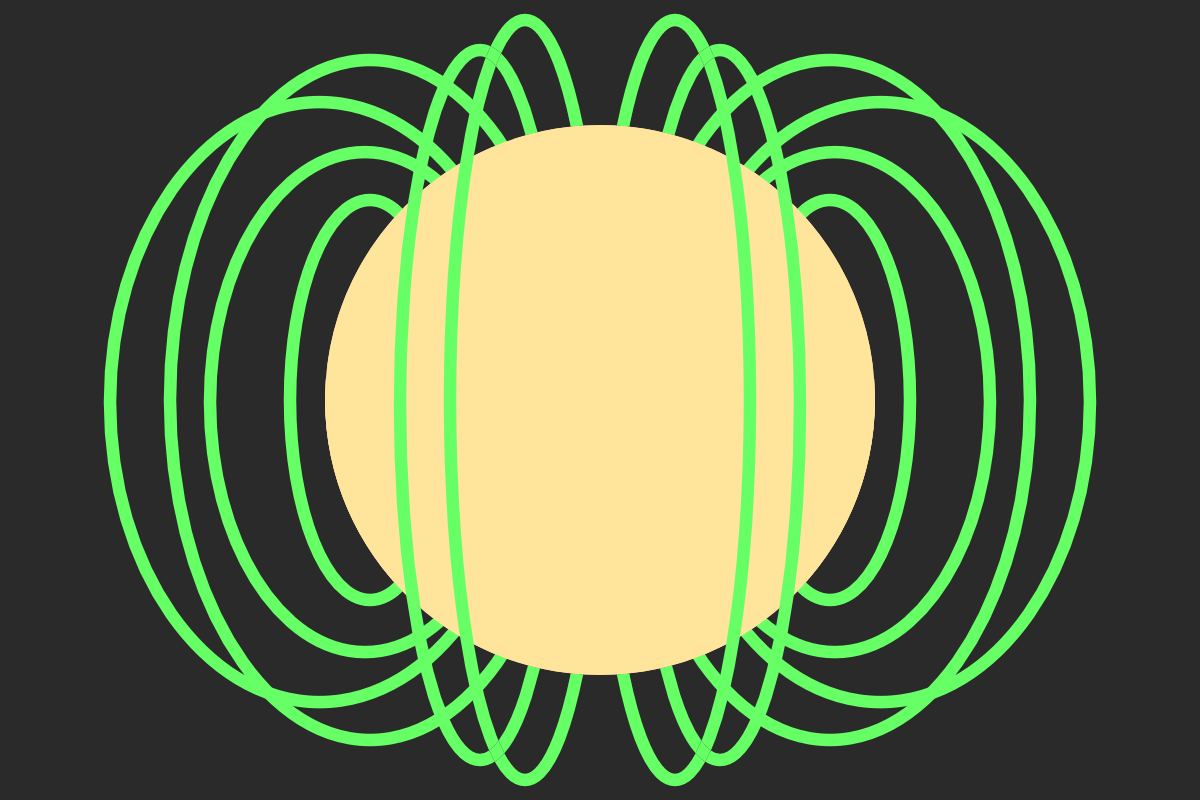
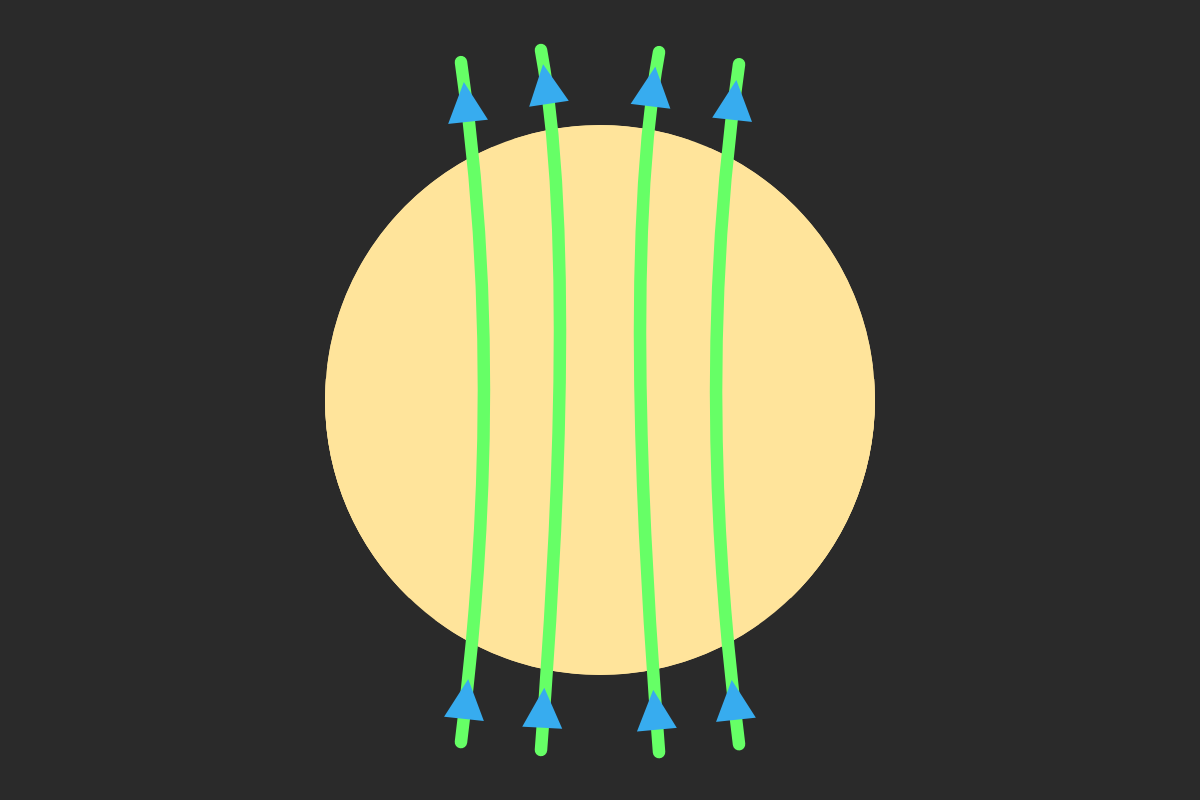
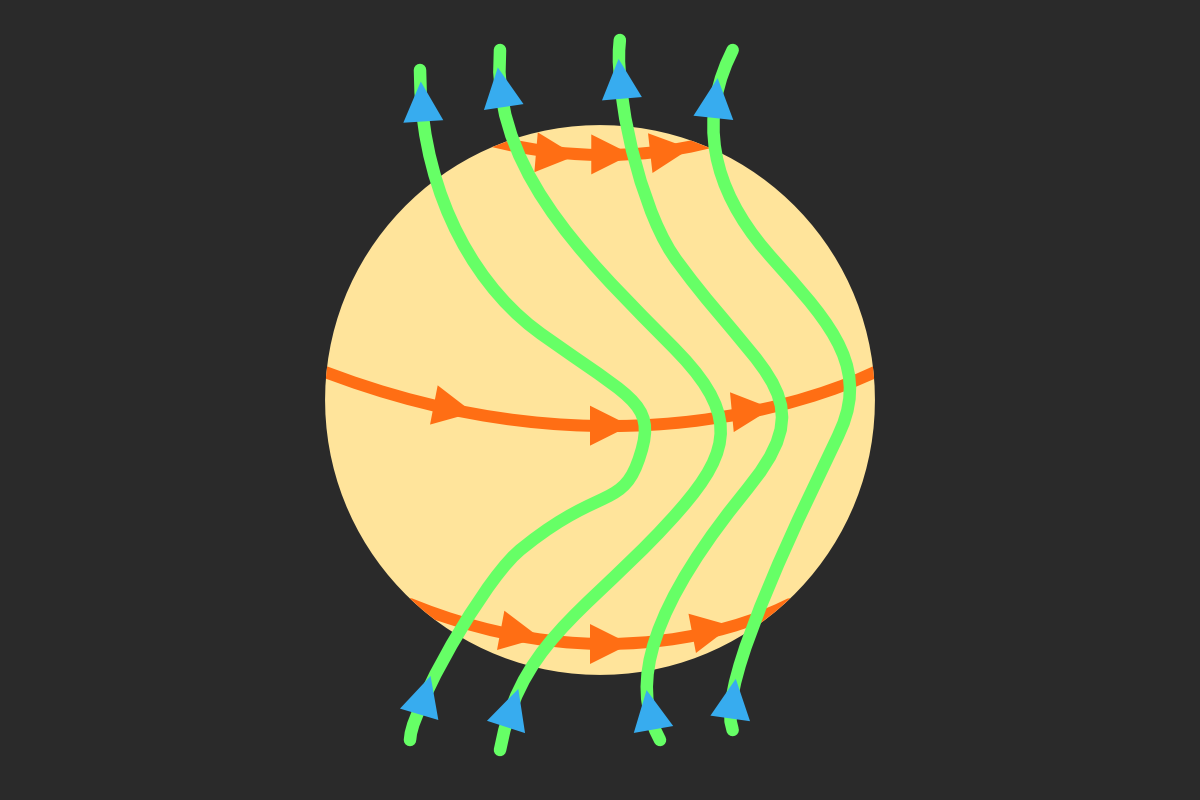
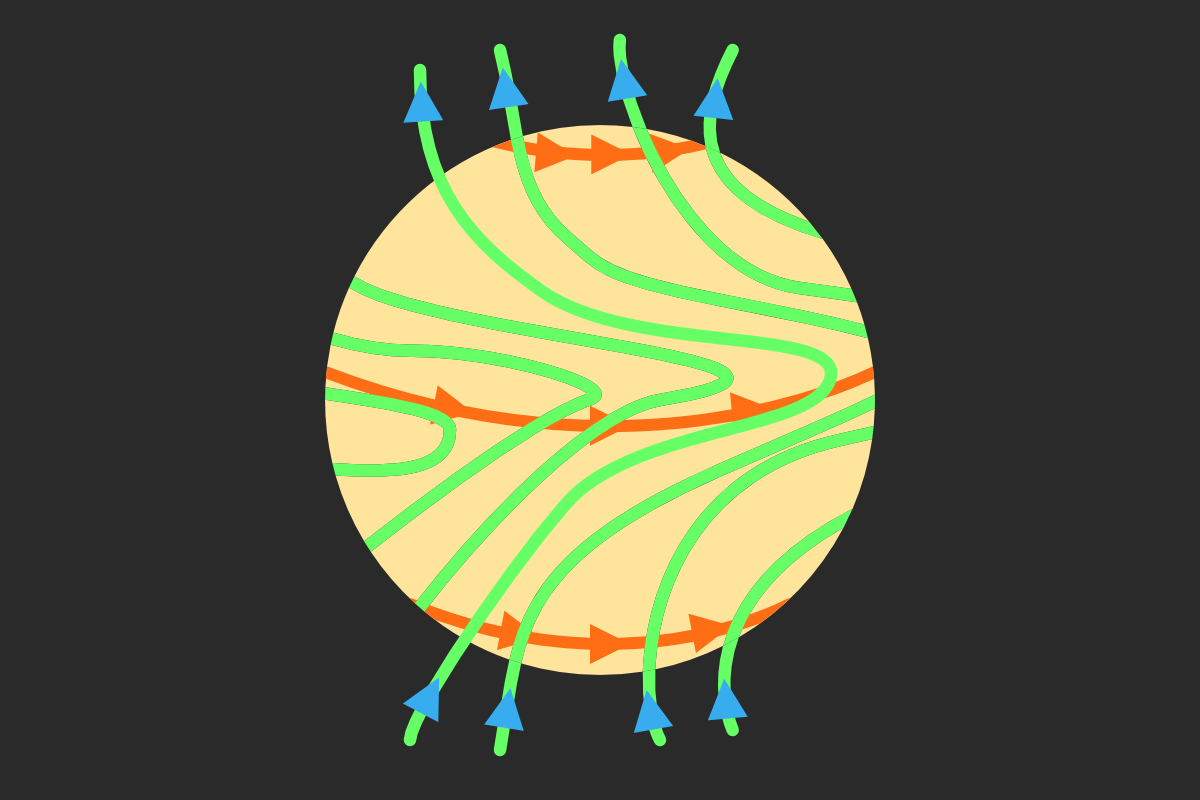
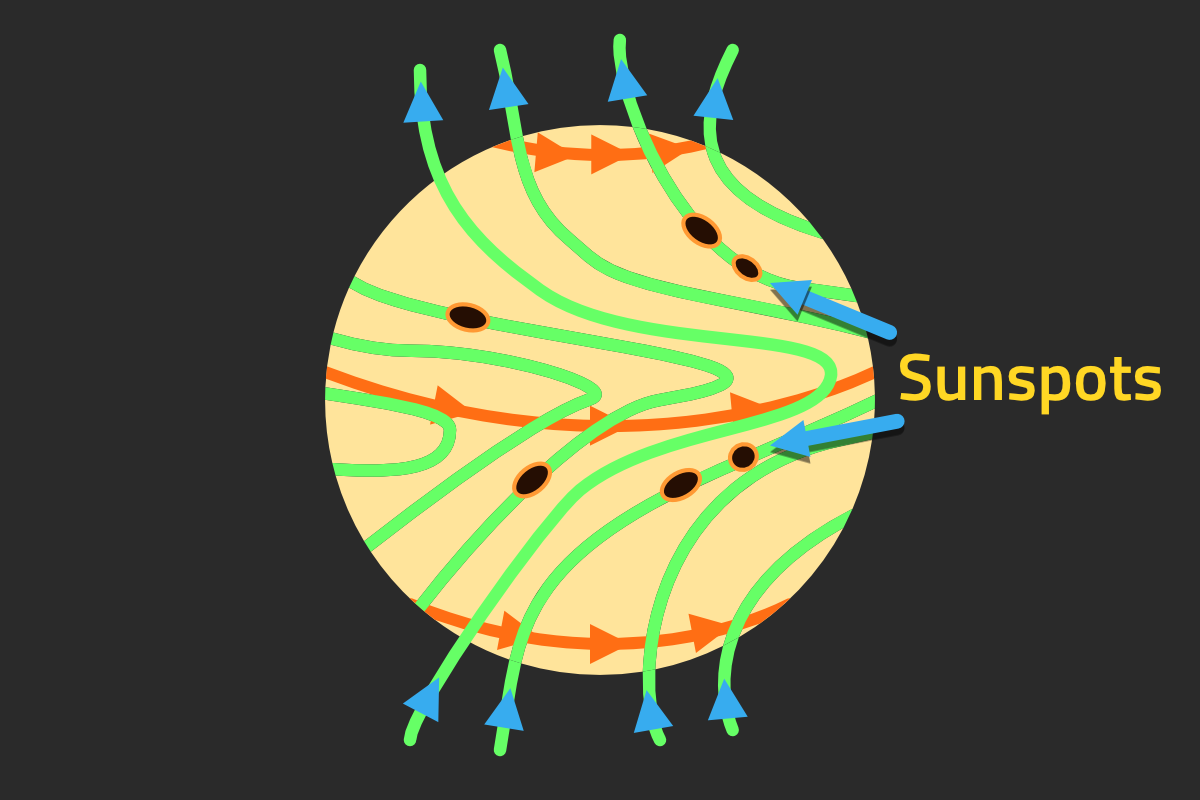
One thing that observers have observed while observing sunspots is that sometimes there are lots of them on the Sun and sometimes there are hardly any. This is because the Sun goes through a cycle of activity which scientists like to call the solar cycle. A solar cycle is roughly 11 years long.
When the Sun is at solar maximum, the magnetic field is at its most muddled. It is at this point where there are the most sunspots on the Sun. During solar maximum, there can be between 100 to 200 sunspots visible on the surface of the Sun.
When the Sun is at solar minimum, the magnetic field is at its least jumbled so isn’t blocking the Sun’s energy from reaching its surface. This means there are very few sunspots on it, anywhere between 0 up to 18.
Solar maximum doesn’t just happen. It builds up over a period of years as the magnetic field gets increasingly disrupted. It then settles back down until it reaches solar minimum.
Also at solar maximum, the magnetic polarity at the Sun’s poles switches direction. This is too confusing for here!!!
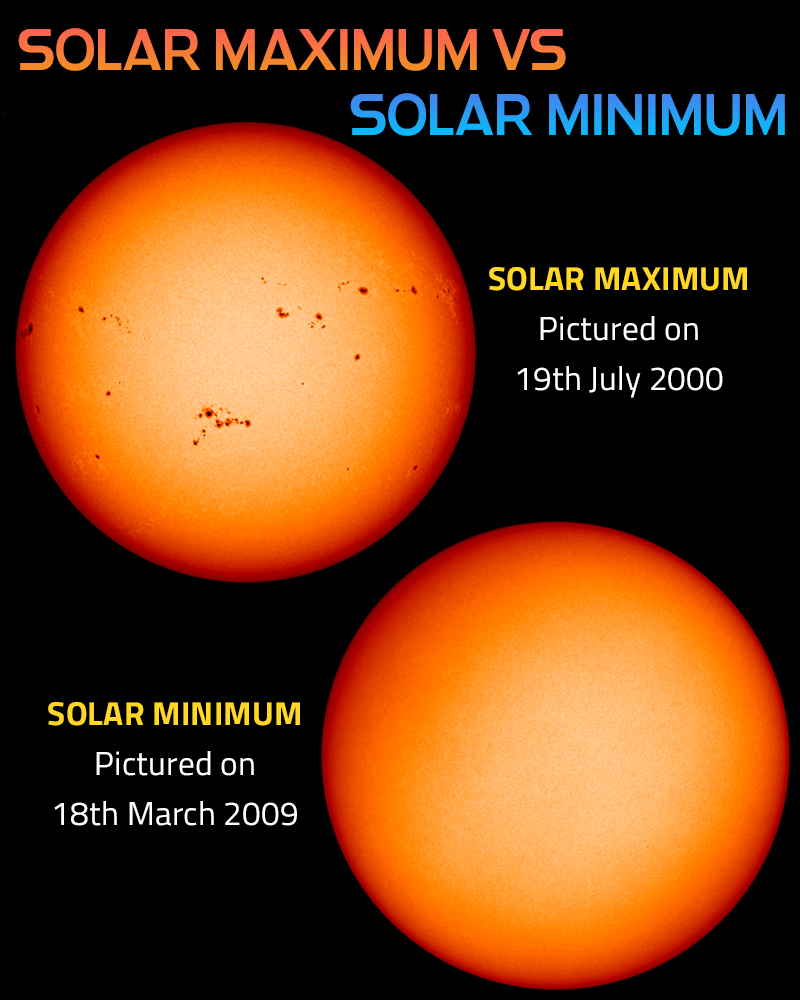 Sun Images Credit: NASA/SOHO. They look a bit like eggs, don't they?
Sun Images Credit: NASA/SOHO. They look a bit like eggs, don't they?
The Maunder Minimum
Although the Sun currently goes through fairly regular eleven year cycles, it sometimes has prolonged periods of reduced activity during which very few sunspots can be spotted (boom-boom!). The most recent major long-lasting period of low activity is known as the Maunder Minimum, named in honour of the English astronomer Edward W Maunder (1851 - 1928). It occurred between 1645 and 1715, and coincided with a period of intensely cold winters in regions on Earth (particularly in Europe and North America) which is sometimes known as the Little Ice Age.
As the Sun is so bright, attempting to spot its sunspots by looking directly at it is very difficult. Not only that, it's very dangerous. So don't do it. Even so, if
you do want to go sun spotting but don't want to fry your eyes, there are some safe ways of doing it.
One way is to point a telescope or binoculars at the Sun and project the image through it onto a sheet of paper, a white wall or onto any flat surface you can find.
Remember, do not look through the telescope or binoculars. If you’re using a telescope, you will need to block the viewfinder and if you’re using binoculars,
you’ll need to block one of the binocular tube things.
What you should see is the bright disc of the Sun on the paper. You may need to adjust the focus on your telescope or binoculars to get it nice and
clear. If you’re lucky, you should see small dark spots on in the disc. These are sunspots! If they move, they might be ants crawling over your paper.
Another method is to build your own pinhole camera. It might be a little harder to spot sunspots with one, but it’s still a fun thing to make.
